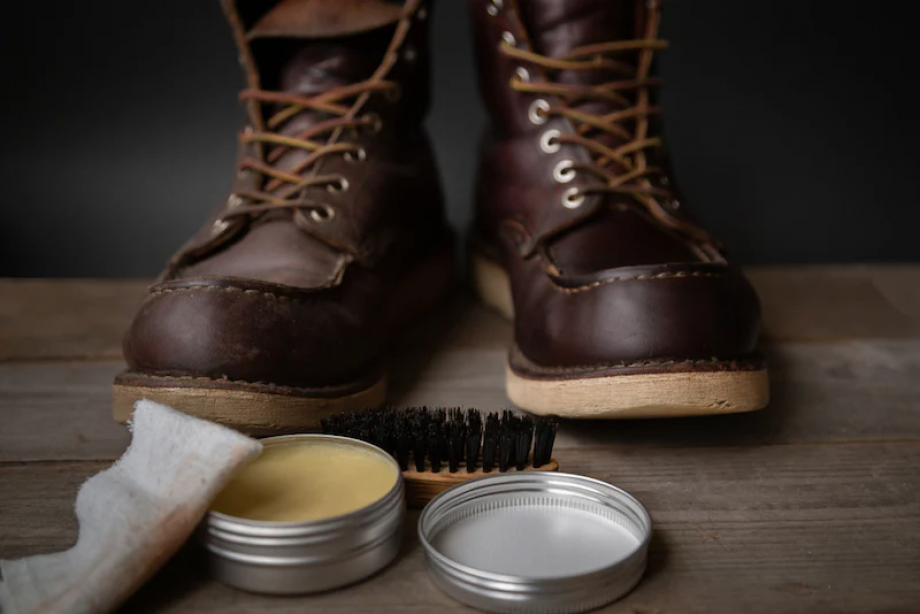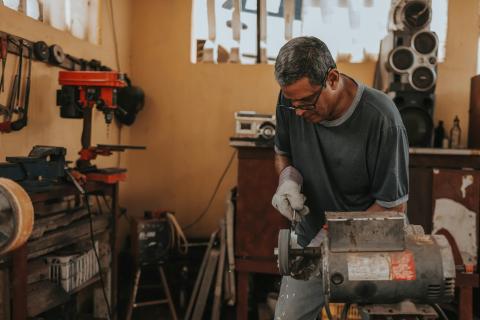Achieving Longevity: Tips on Caring for Your Safety Shoes

Safety shoes are an essential part of personal protective equipment (PPE) in many industries. They protect your feet from potential hazards such as falling objects, sharp materials, and hazardous substances. However, to ensure that your safety shoes provide optimal protection and last as long as possible, it’s important to maintain them properly. Here are some tips to help you maintain the durability of your safety shoes.
1. Choose the Right Safety Shoes
The first step in ensuring the longevity of your safety shoes is to choose the right pair for your specific needs. Safety shoes come in various types, such as steel toe, composite toe, and puncture-resistant soles. Make sure to select shoes that are suitable for your work environment. High-quality materials and proper fit also play a crucial role in the durability of safety shoes.
2. Regular Cleaning
Regular cleaning is vital to maintain the durability of your safety shoes. Dirt, grime, and chemicals can degrade the materials over time. Use a soft brush or cloth to remove dirt and debris from the surface. For more stubborn stains, use mild soap and water. Avoid using harsh chemicals, as they can damage the materials. After cleaning, allow your shoes to air dry naturally, away from direct heat sources which can cause the materials to crack and weaken.
3. Proper Storage
How you store your safety shoes can significantly impact their lifespan. Keep them in a cool, dry place away from direct sunlight and moisture. Prolonged exposure to heat and humidity can deteriorate the materials. Using a shoe tree can help maintain their shape and prevent the formation of creases.
4. Regular Inspections
Regularly inspecting your safety shoes can help you identify any signs of wear and tear before they become major issues. Check the soles, seams, and any protective elements like steel or composite toes. If you notice any damage, such as cracks, holes, or worn-out soles, it’s time to consider repairing or replacing your shoes.
5. Rotate Your Shoes
If you wear safety shoes daily, consider having more than one pair and rotating them. This practice allows each pair to dry out completely and reduces the overall wear and tear. Rotating your shoes can significantly extend their lifespan.
6. Use Protective Treatments
Applying protective treatments can enhance the durability of your safety shoes. Waterproof sprays can protect against moisture, while leather conditioners can keep leather shoes supple and prevent cracking. Make sure to use products that are compatible with the materials of your shoes.
7. Avoid Excessive Wear
While safety shoes are designed to withstand harsh conditions, it’s important to avoid excessive wear whenever possible. If your work environment allows, switch to regular shoes when you’re not performing hazardous tasks. This practice can help prolong the life of your safety shoes.
8. Address Odor Issues
Odor can be a common problem with safety shoes, especially when worn for long hours. Using odor-reducing insoles or powders can help keep your shoes fresh. Removing the insoles and allowing them to air out can also prevent odor buildup and reduce moisture, which can deteriorate the shoe materials.
9. Invest in Quality
Investing in high-quality safety shoes from reputable brands can make a significant difference in their durability. While they might be more expensive upfront, they often provide better protection, comfort, and longevity compared to cheaper alternatives.
Conclusion
Maintaining the durability of your safety shoes involves a combination of proper selection, regular care, and mindful usage. By following these tips, you can ensure that your safety shoes remain in good condition and continue to provide the protection you need for a longer period. Remember, well-maintained safety shoes not only save you money in the long run but also ensure your safety on the job.
Blog Articles
Check out more articles
PPE: The Unspoken Love Language
Wearing PPE: Protecting Your Present and Securing Your Future
View MoreTips to Improve Safety While Working With Heavy-Duty Mobile Equipment
Improving the safety of ground personnel working around mobile equipment, such as forklifts, excavators, etc., requires a combination of engineering controls, administrative measures, and behaviora
View MoreWhy You Should Service Your Safety Equipment
Safety equipment serves as the frontline defense against workplace hazards, ensuring the well-being of employees and minimizing risks.
View More



